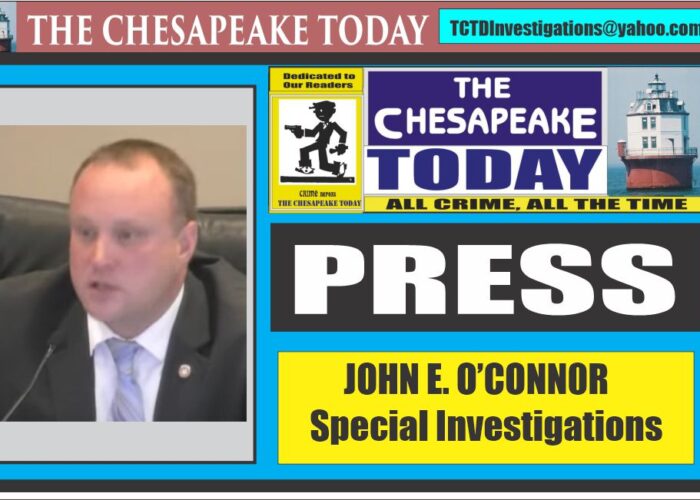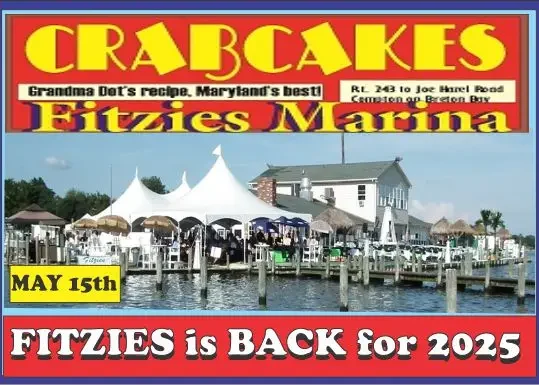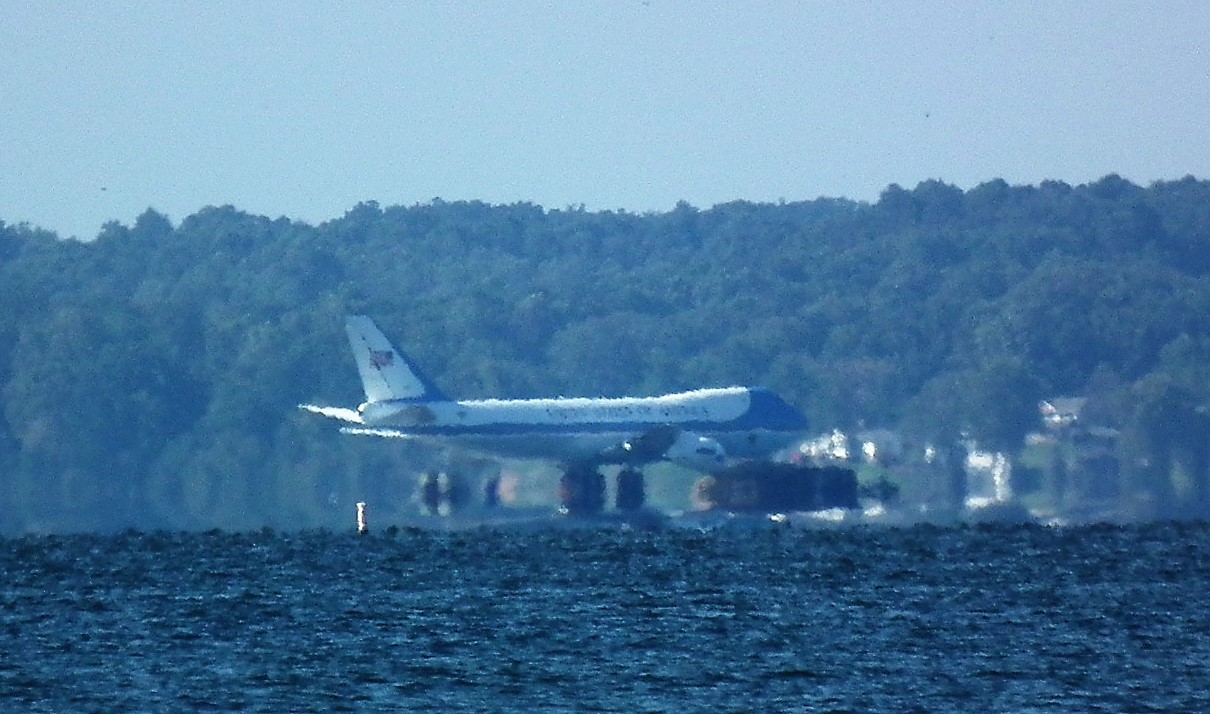
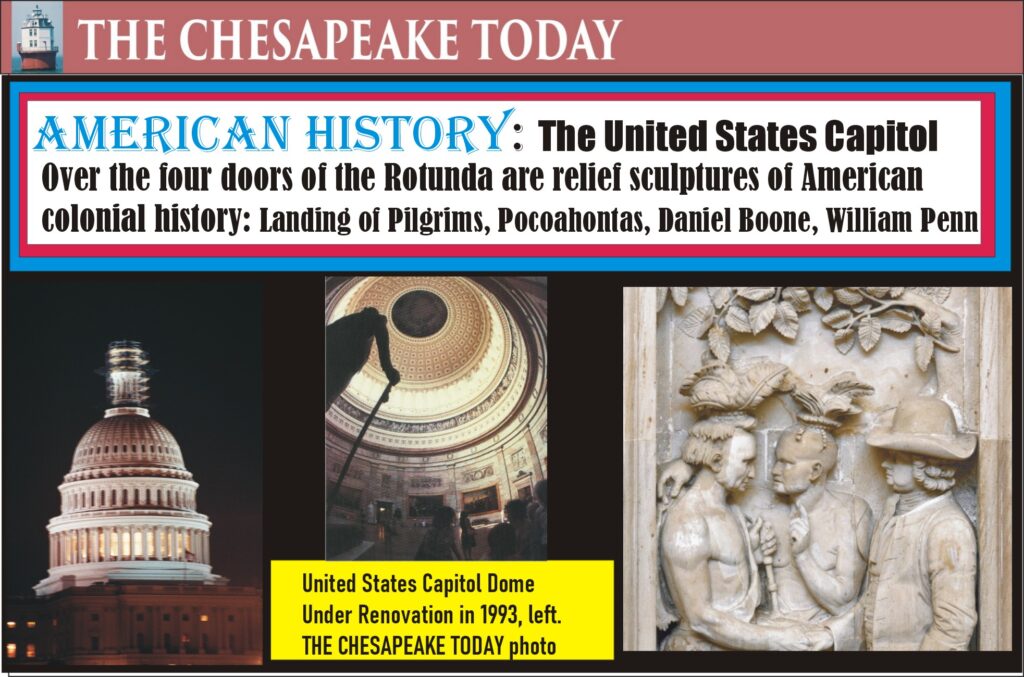
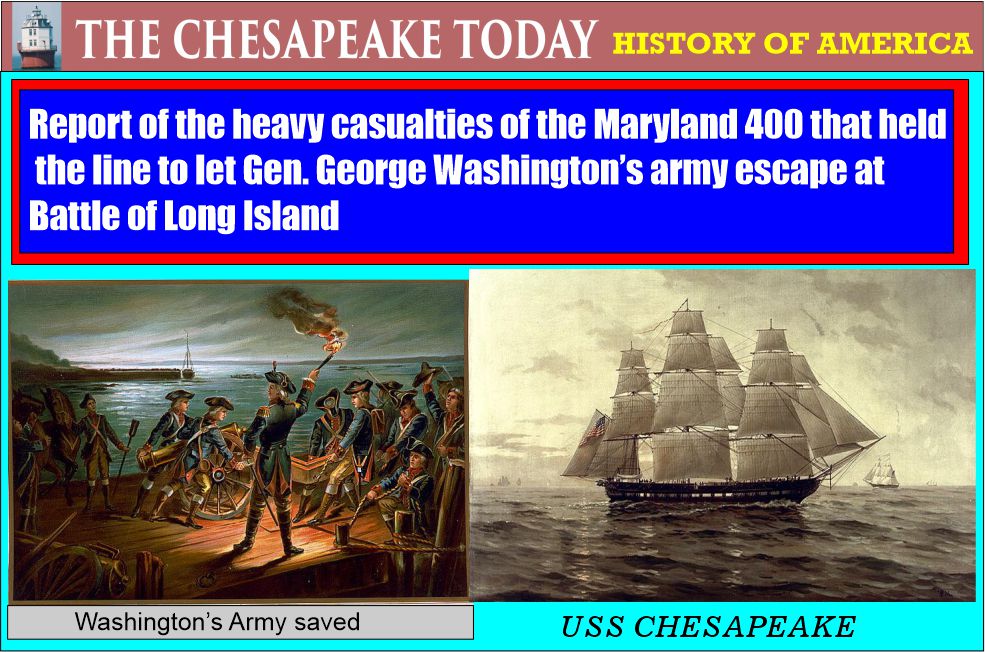
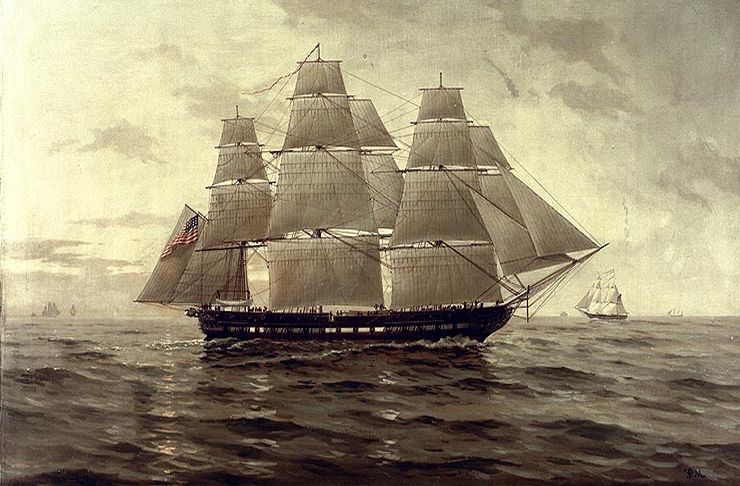
CHESAPEAKE, frigate, 36 guns, 1244 tons, keel laid 10 Dec. 1798, launched 2 Dec. 1799. Originally designed as a 44-gun frigate, one of five sister ships of the CONSTITUTION. The British LEOPARD attacked the CHESAPEAKE off Cape Henry in 1807, which affair led to the duel between Commodores James Barron and Stephen Decatur, and was one of the causes leading to the War of 1812. She was captured off Boston on 1 June 1813 by the British frigate SHANNON, on which occasion her commander, Capt. James Lawrence uttered his celebrated dying words, “Don’t Give Up the Ship”, which have become a tradition in the Navy. The CHESAPEAKE was taken into the Royal Navy and, in 1820, broken up at Portsmouth, England, her timbers being used to build a flour mill at Wickham. Painting by F. Muller.
Enjoy learning more about the Chesapeake Bay region with CHESAPEAKE 1850 in Kindle, paperback and Audible editions. http://amzn.to/23jW50l
WAR FOR INDEPENDENCE: AUGUST 1776
From 247 years ago in America, notes of St. Mary’s County’s involvement in achieving Independence from England, as compiled by noted historian Edwin beitzell. The Washington post reported the following upon the passing of edwin beitzell:
Edwin Warfield Beitzell, 79, a retired official of the Chesapeake & Potomac Telephone Co., the author of several books on St. Mary’s County and southern Maryland, and a former member of the board of the Maryland Historical Trust, died Nov. 13 at St. Mary’s Hospital in Leonardtown after a stroke.
Mr. Beitzell, who lived in Abell, Md., had served as the county historian of St. Mary’s County since 1975. He was born in the county and moved to Washington in 1924 to attend Georgetown University, where he graduated. He earned a degree in accounting at Benjamin Franklin University.
He joined the telephone company in 1926 and was supervisor of commercial engineering in 1967, when he retired and moved to Abell.
Mr. Beitzell’s interest in southern Maryland history began in his boyhood when he attended the St. Francis Xavier Catholic Church at Newtown Neck, the oldest Catholic church in English-speaking North America.
August 25, 1776: Colonist forces faced a British Royal Navy Armada of 260 ships that passed Annapolis on the Chesapeake Bay, landing troops on the Eastern Shore which then marched on towards Philidelphia
The Maryland 400 were members of the 1st Maryland Regiment who repeatedly charged a numerically superior British force during the Battle of Long Island during the Revolutionary War, sustaining heavy casualties but allowing General Washington to evacuate the bulk of his troops to Manhattan successfully.
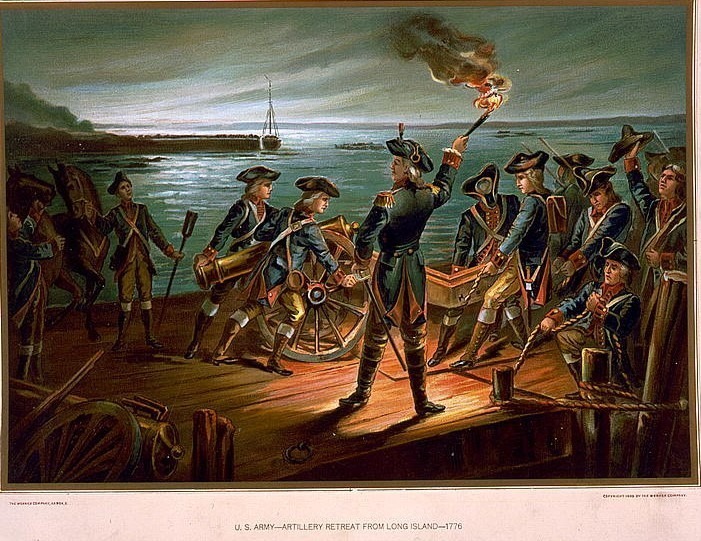
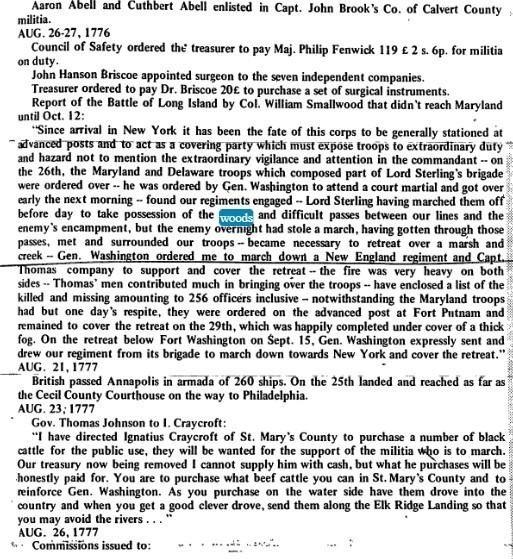
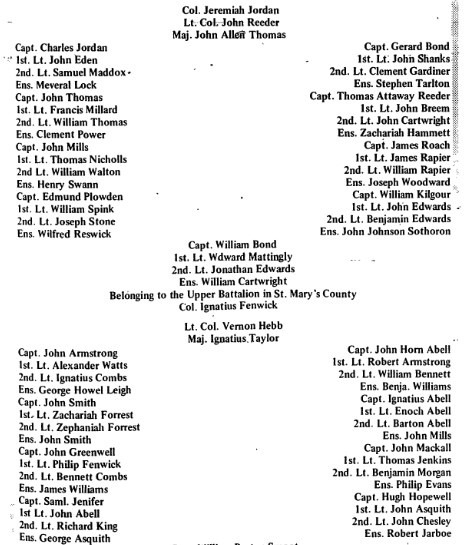
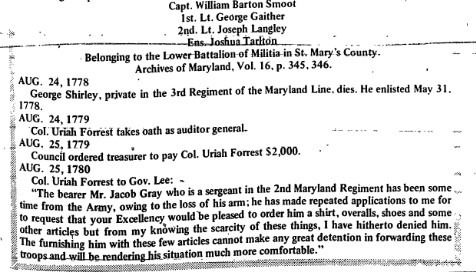
John Hanson Briscoe (1752-1796)
MSA SC 3520-18228
Biography:
Born in 1752 to Philip Briscoe and Chloe Hanson, John Hanson Briscoe grew up in his childhood home at Laureetum, located in Chaptico, St. Mary’s County, Maryland. The eldest of four children, Briscoe’s parents raised him alongside his younger siblings, Hanson Briscoe, Elizabeth Storey, and Samuel Hanson Briscoe. Likely named after his grandfather, John Hanson, best known as the President of the Continental Congress between 1781-1782, John Hanson Briscoe also had high aspirations. He attended the University of Edinburgh Medical School in 1771 with the intention of becoming a surgeon. He later returned to Chaptico to practice medicine prior to the Revolution. [1]
In the early stages of the Revolutionary War, Briscoe joined the Upper Battalion of the St. Mary’s Militia as a major. Around the same time, Maryland’s Council of Safety established a group of seven Independent Companies to protect the Chesapeake Bay from British invasions, placing them throughout the state to maximize their effectiveness. The Council of Safety “appointed [Briscoe as the] Surgeon to the Seven Independent Companies” on August 27, 1776 at the young age of twenty-four. Maryland officials had already sent three of the Independent Companies to New York to help the Continental Army defend the city from a potential British invasion. The Independent Companies arrived in time for the Battle of Brooklyn on August 27, 1776, aiding other Marylanders in defending the Continental Army. [2]
Aided by surgeon’s mates William Dashiell, Daniel Jenifer, and Barton Tabbs, Briscoe likely arrived in the area a few weeks after the Battle of Brooklyn, caring to the wounded. As the war dragged into the fall of 1776, other battles such as the Battle of White Plains added to the number of wounded. Sickness spread rampantly throughout the Continental Army as well, making Briscoe’s job harder still. Captain John Allen Thomas of the Fifth Independent Company complained that sickness rendered “near two hundred Men unfit for duty, and most of them without any assistance from the Doctor.” As health conditions worsened, Briscoe struggled to provide assistance for the Independent Companies. [3]
Briscoe joined the Second Maryland Regiment in 1777 and continued to act as a surgeon for the Second Regiment until January 11, 1778, when he resigned. Briscoe complained about “the general contempt” directed at “Regimental Surgeons and Assistants” by Hospital Department surgeons and Continental Army officers. Conflicts arose between the regimental surgeons and the Hospital Department not long after the latter’s creation. Dr. Benjamin Church, head of the department at the time, accused the regimental surgeons of “inexcusable neglect,” and wanted to move patients to general hospitals to lower costs. Even George Washington referred to regimental surgeons as “very great Rascals.” Along with several other doctors, Briscoe argued that the army “furnished [them] with nothing necessary to relieve [the] Wants and distresses” of the soldiers they cared for. Tired of the poor treatment, Briscoe resigned, promising to tend to the soldiers for a few more weeks after January 11. [4]
After tending to the soldiers, Briscoe seemingly returned to St. Mary’s County, where he once more joined the county’s Upper Battalion of militia as a major on November 18, 1779. Briscoe continued to practice medicine throughout the war, possibly serving in government hospitals in Philadelphia near the war’s end. [5]
Briscoe continued to practice medicine after the war and operated a large plantation at Laureetum, owning 26 slaves by 1790. Briscoe married Elizabeth Attaway Bond and had at least six children with her: Thomas, Phillip, Dr. John Hanson, Eleanor, Celia Brown, and Elizabeth Attaway. [6]
Briscoe later served as a justice of the peace for St. Mary’s County in 1793. Briscoe rejoined the militia on June 18, 1794, serving as a brigadier general. Although he received orders to prepare to “march against the Insurgents in the Western parts of Pennsylvania” during the Whiskey Rebellion, Briscoe’s detachment did not participate. [7]
John Hanson Briscoe died on September 7, 1796 in Chaptico at the age of 44, leaving behind “his disconsolate widow and several small children to lament their great and irreparable loss.” Briscoe owned 587 acres at the time of his death, attesting to his wealth. [8]
Elizabeth Attaway Briscoe later died on June 5, 1816. She divided her property into sixths among her children. Her son, Dr. John Hanson Briscoe, received one-third of the land, more than any of her other children. This John Hanson Briscoe was educated at the University of Pennsylvania, served as a captain in the St. Mary’s militia between 1808 and 1812, and went on to fight in the War of 1812 in the Forty-Fifth Maryland Regiment. Philip Briscoe also served in the War of 1812 as the Fourth Regimental Cavalry’s adjutant. Philip Briscoe later acted as Charlotte Hall’s headmaster twice, first between 1817 and 1826 and then between 1837 and 1840. [9]
source:
-James Schmitt, Maryland Society Sons of the American Revolution Research Fellow, 2019
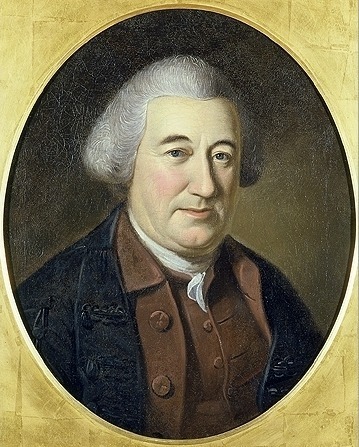
Discover more from THE CHESAPEAKE TODAY - ALL CRIME, ALL THE TIME
Subscribe to get the latest posts sent to your email.





